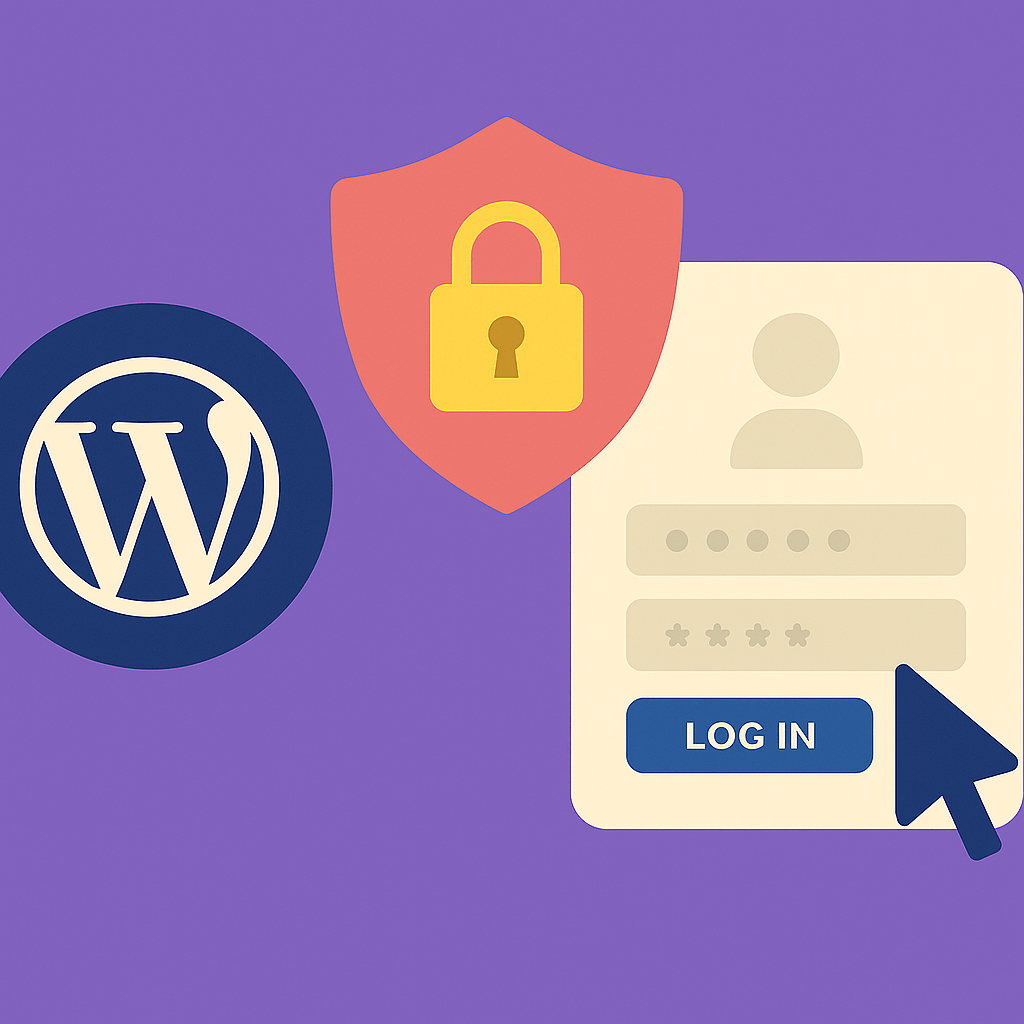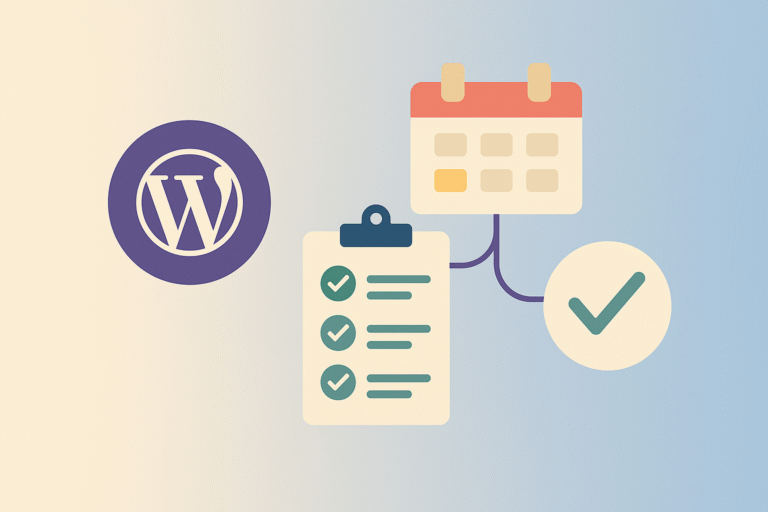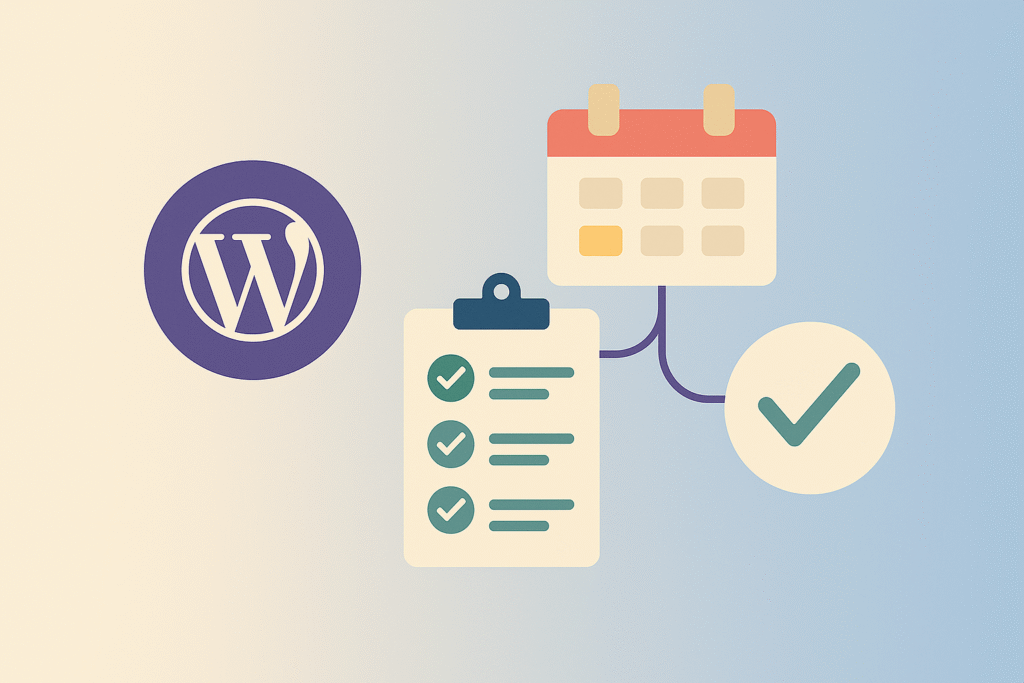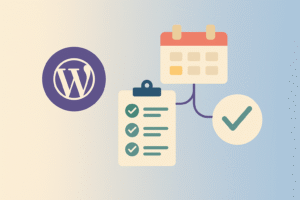Why the Login Page Is a Target
Hackers frequently target wp-login.php and wp-admin with brute-force attacks. Without protection, attackers can guess passwords until they gain access. Strengthening your login page is one of the fastest ways to protect your WordPress site.
Strategies to Secure Your Login Page
1. Use Strong Usernames and Passwords
- Never use “admin” as a username.
- Generate long, complex passwords using a password manager.
2. Enable Two-Factor Authentication (2FA)
- Use plugins like Google Authenticator or WP 2FA.
- Require a one-time code in addition to passwords.
3. Limit Login Attempts
- Plugins like Limit Login Attempts Reloaded block repeated failed logins.
- Set lockouts after 3–5 failed attempts.
4. Add reCAPTCHA or hCaptcha
- Integrate with your login form to block bots.
- Works well with Contact Form 7 and WooCommerce logins.
5. Change the Login URL
- Rename
wp-login.phpto something custom with WPS Hide Login. - Example:
yoursite.com/my-login
6. Use SSL Certificates
- Always use HTTPS on login and admin pages.
- Free SSL available via Let’s Encrypt or Cloudflare.
7. Monitor and Log Login Activity
- Use activity log plugins to track admin logins.
- Identify suspicious attempts early.
Final Thoughts
Securing your WordPress login page is not optional—it’s essential. By combining strong passwords, 2FA, and login attempt limits, you’ll protect your site from the majority of brute-force attacks.



















